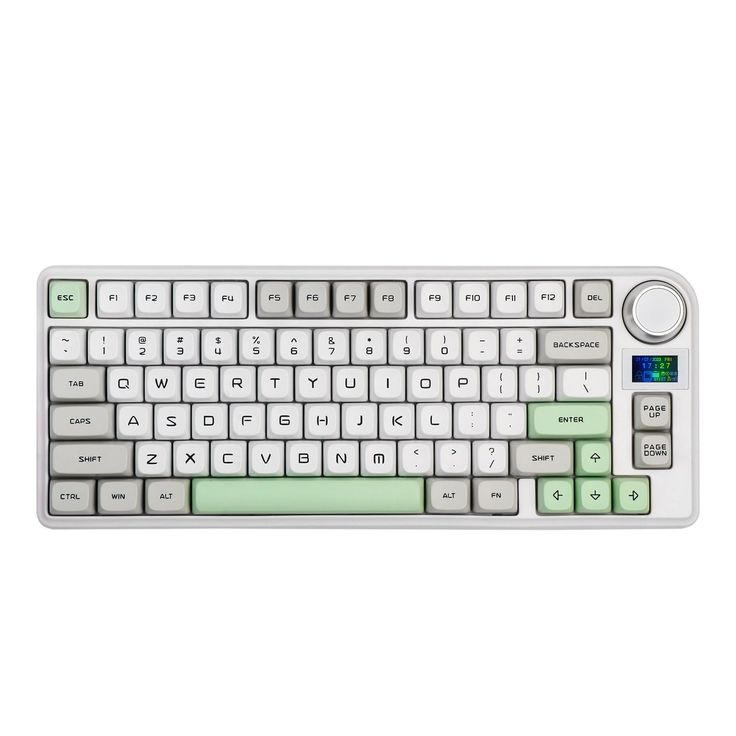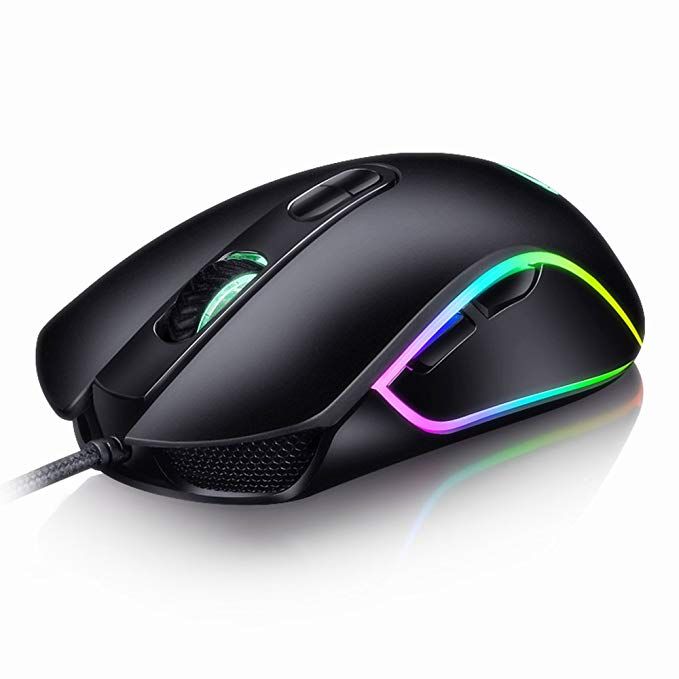The Ultimate Guide to Gaming Monitors: Choosing the Perfect Display for Your Setup
When it comes to gaming, the right monitor can make all the difference. A gaming monitor isn’t just about a bigger screen; it’s about having a display that enhances your gaming experience with sharp visuals, smooth motion, and gameplay. Whether you’re a competitive esports player or a casual gamer, investing in a high-quality gaming monitor can help you level up your performance and enjoyment.
In this blog, we’ll dive into the key features to look for in a gaming monitor and provide recommendations to help you choose the perfect one for your needs.
1. Why Your Monitor Matters in Gaming
While most people focus on the power of their gaming PCs or consoles, the monitor is often overlooked. A good gaming monitor is essential for displaying all the graphics, speed, and detail that modern games offer. Here’s why it matters:
- Visual Clarity and Detail: A higher resolution and refresh rate mean you’ll see more detail and smoother motion in your games.
- Competitive Advantage: Features like low response time and high refresh rates give you an edge in fast-paced games like first-person (FPS) or racing games, where every millisecond counts.
2. Key Features to Look for in a Gaming Monitor
When choosing a gaming monitor, several factors come into play that can impact your gameplay experience. Let’s break them down:
- Resolution: The resolution determines how many pixels are displayed on the screen. A higher resolution results in sharper and more detailed images. Common resolutions include:
- 1080p (Full HD): Ideal for casual gamers and those on a budget, offering good quality without demanding too much from your system.
- 1440p (QHD): A step up from 1080p, providing a balance between high-quality visuals and performance, making it a great choice for gamers who want a better experience without overloading their system.
- 4K (Ultra HD): Offers stunning detail and is perfect for those with powerful gaming PCs. However, it requires higher-end hardware to run games smoothly.
- Refresh Rate: This refers to how many times per second the monitor refreshes the image on-screen. A higher refresh rate translates to smoother motion, which is critical for competitive gaming. The most common refresh rates are:
- 60Hz: Adequate for casual gaming, but not ideal for fast-paced games.
- 144Hz: Provides a smoother experience, especially beneficial in FPS and MOBA games.
- 240Hz: Offers ultra-smooth gameplay, making it a popular choice for professional esports players.
- Response Time: This measures how quickly each pixel can change color. A lower response time is essential for reducing motion blur and ghosting. A response time of 1ms to 3ms is ideal for gaming.
- G-Sync and FreeSync: These technologies help eliminate screen tearing and stuttering by synchronizing the refresh rate of the monitor with your GPU’s frame rate. G-Sync is for NVIDIA graphics cards, while FreeSync is for AMD cards. Both improve gameplay smoothness and visual quality.
- Panel Type: The type of panel used in the monitor impacts color accuracy, viewing angles, and response time. Common panel types include:
- IPS (In-Plane Switching): Known for excellent color reproduction and wide viewing angles. Ideal for gamers who prioritize vibrant visuals.
- TN (Twisted Nematic): Offers faster response times and is typically more affordable. However, the color accuracy and viewing angles are not as good as IPS.
- VA (Vertical Alignment): Offers deeper contrast ratios and better blacks, making it great for games, but may have slower response times compared to IPS and TN panels.
3. Choosing the Right Size for Your Gaming Monitor
The size of your gaming monitor plays a significant role in your overall experience. A larger screen provides more engaging game, but it’s important to balance size with your available space and preferred viewing distance. Here are some general guidelines:
- 24 to 27 inches: Ideal for a wide range of games, offering a balance between engaging visuals and comfort for most setups.
- 32 inches and above: For a more engaging experience, especially in racing or simulation games. A larger screen also works well for multitasking or using multiple windows.
4. Curved vs. Flat Monitors
Curved monitors are becoming increasingly popular, especially for gaming. The curve helps with a more natural field of view, reducing distortion at the edges of the screen. This makes them ideal for large, ultra-wide monitors.
- Curved Monitors: Great for game, single-player games or racing simulations where you want a wraparound feel.
- Flat Monitors: Ideal for competitive gaming where you need a wide, consistent view of the entire screen.
5. Ports and Connectivity
When choosing a gaming monitor, consider the ports and connectivity options. Make sure the monitor has the right inputs for your system, such as HDMI, DisplayPort, and USB. DisplayPort is generally the best option for high refresh rates and resolutions, while HDMI is commonly used for consoles or less demanding tasks.


